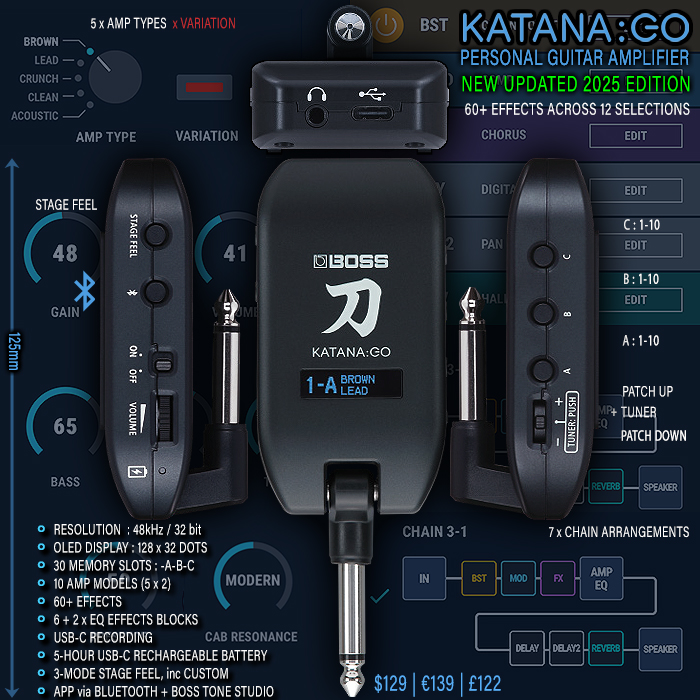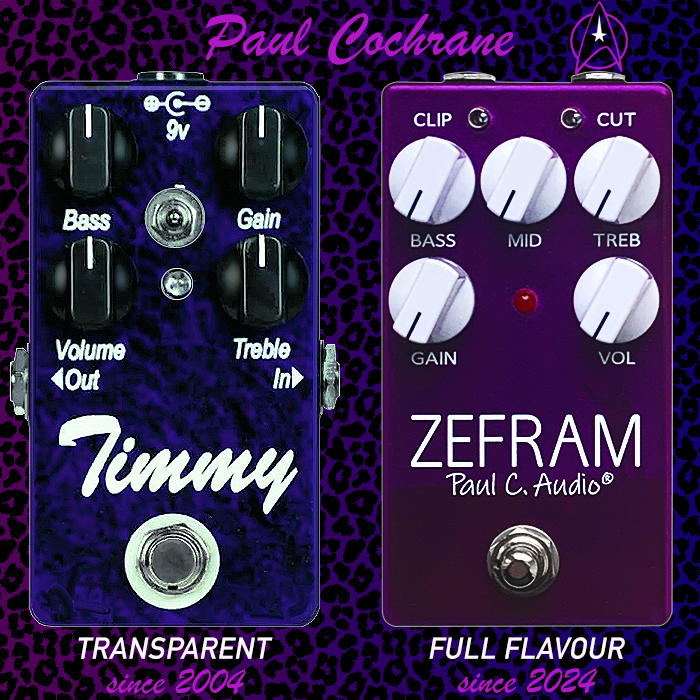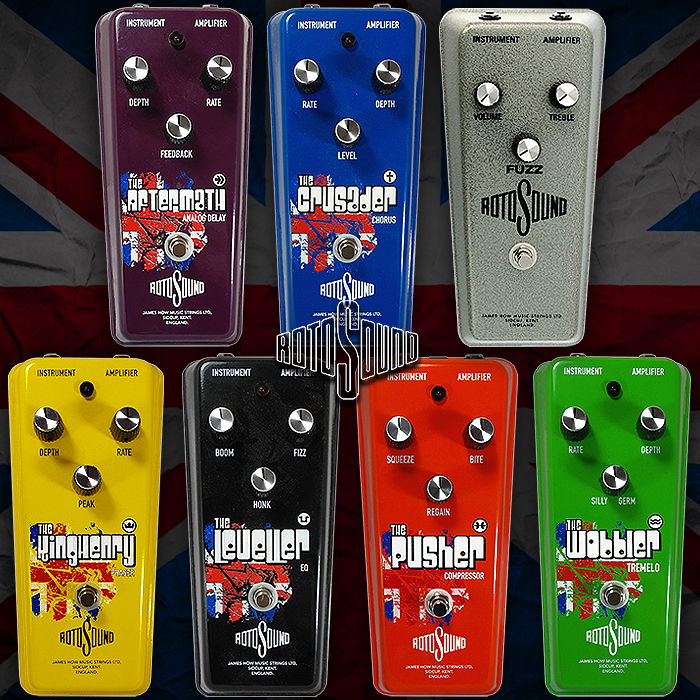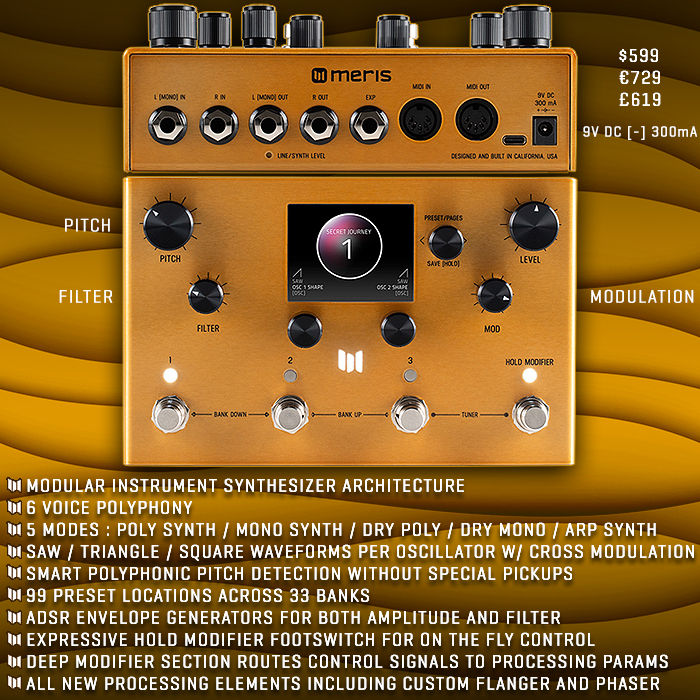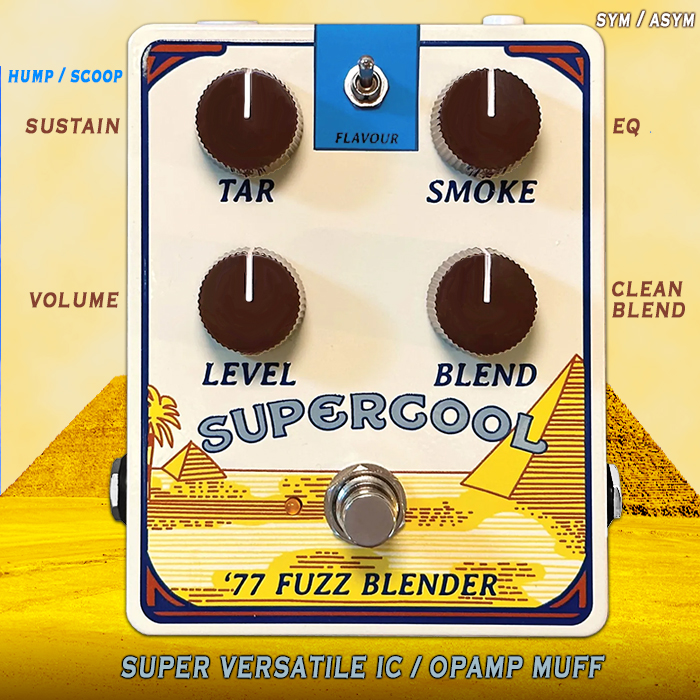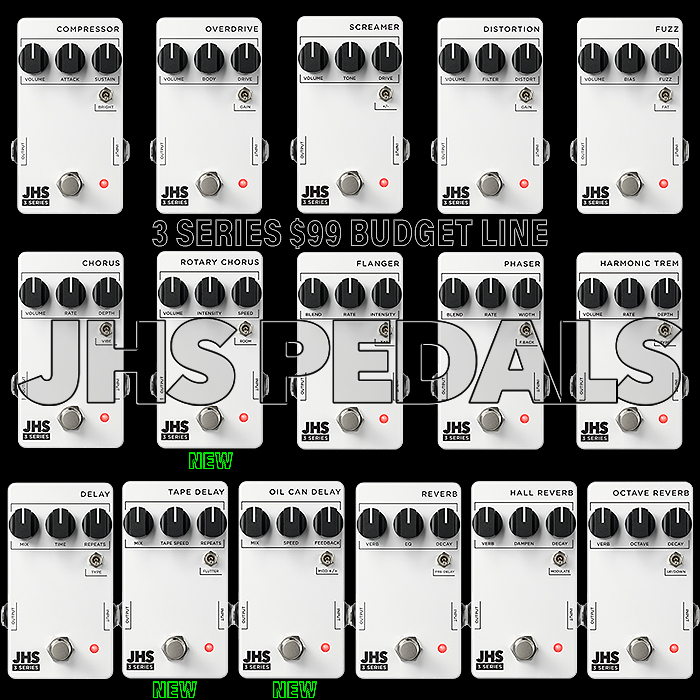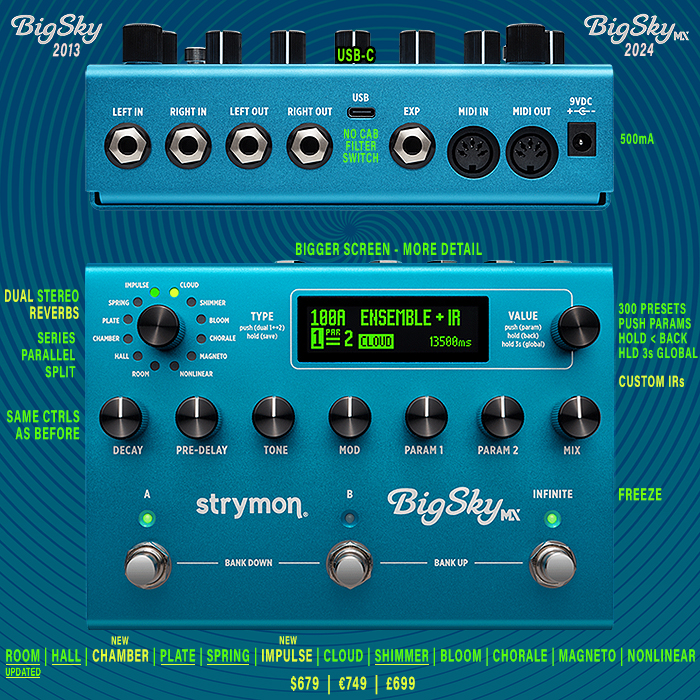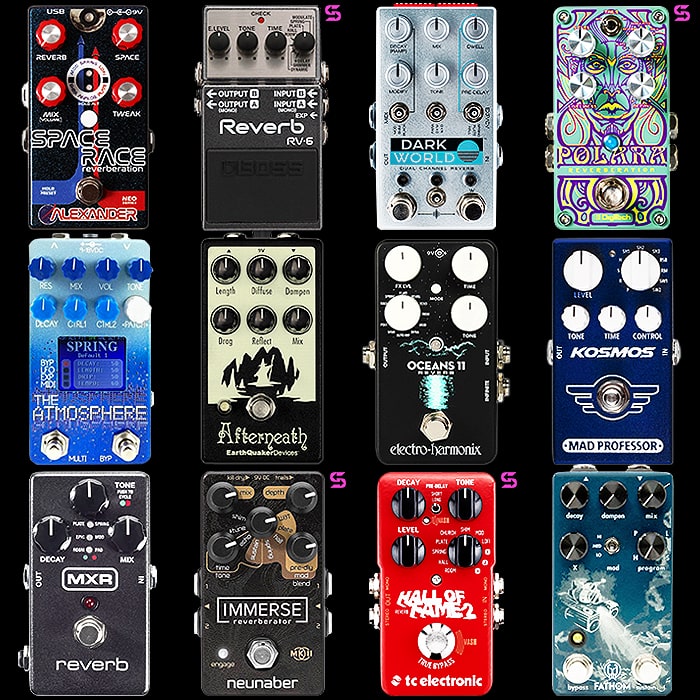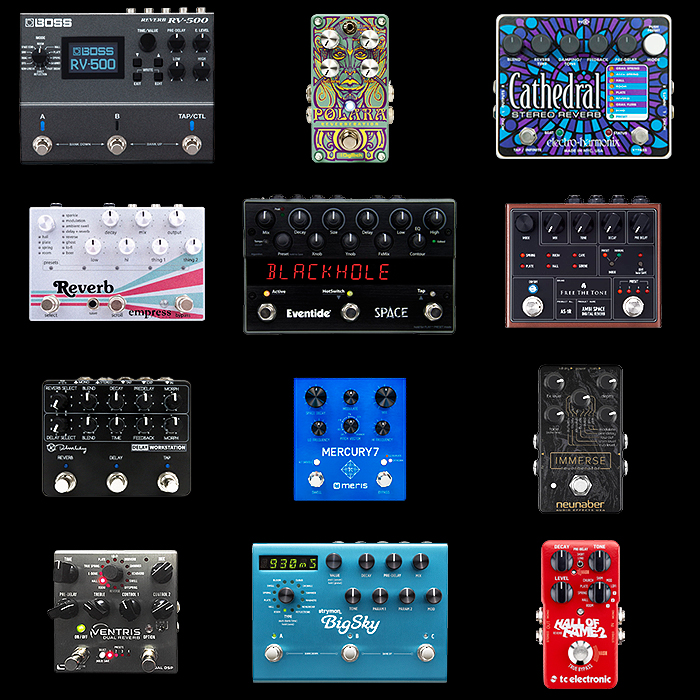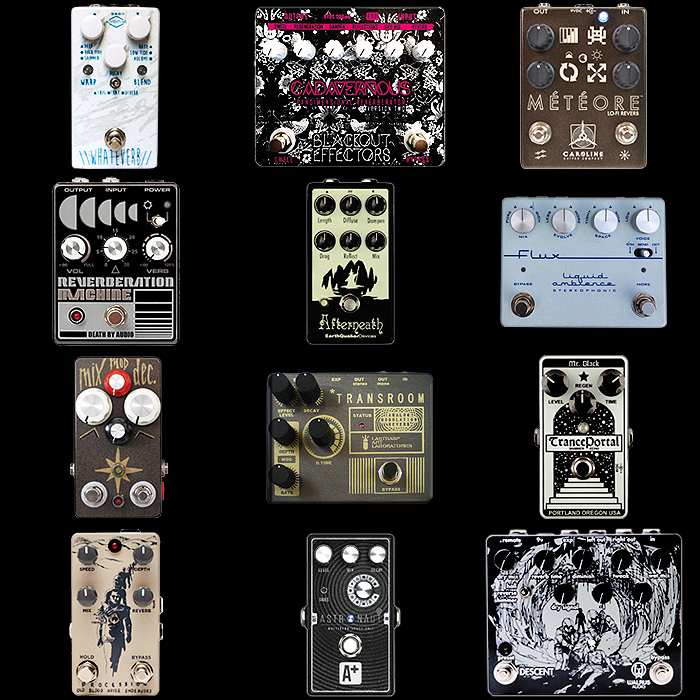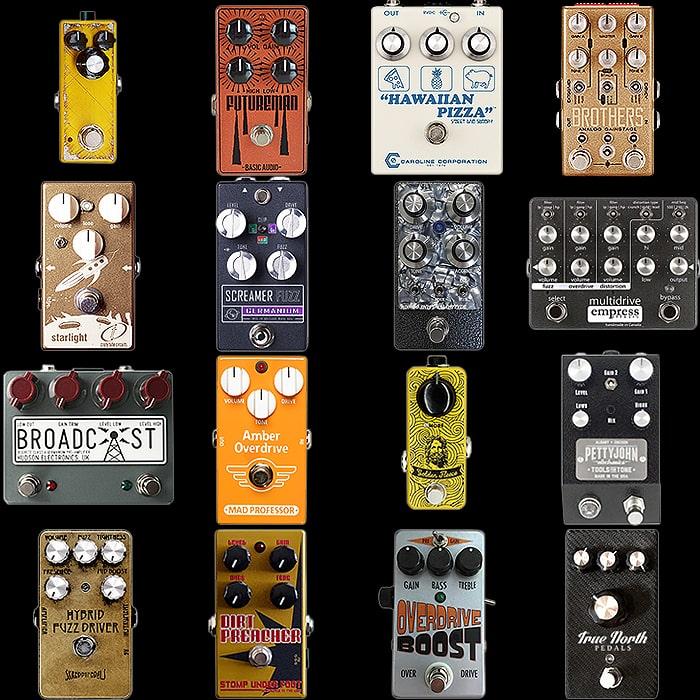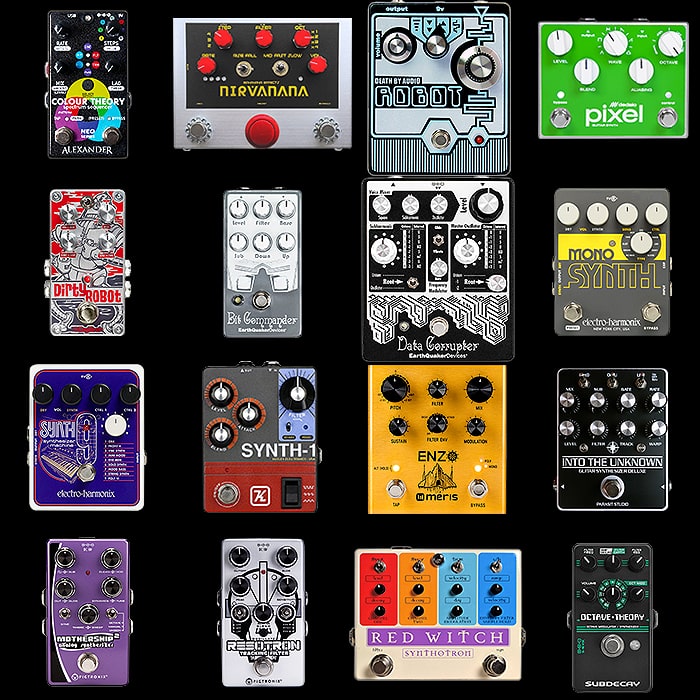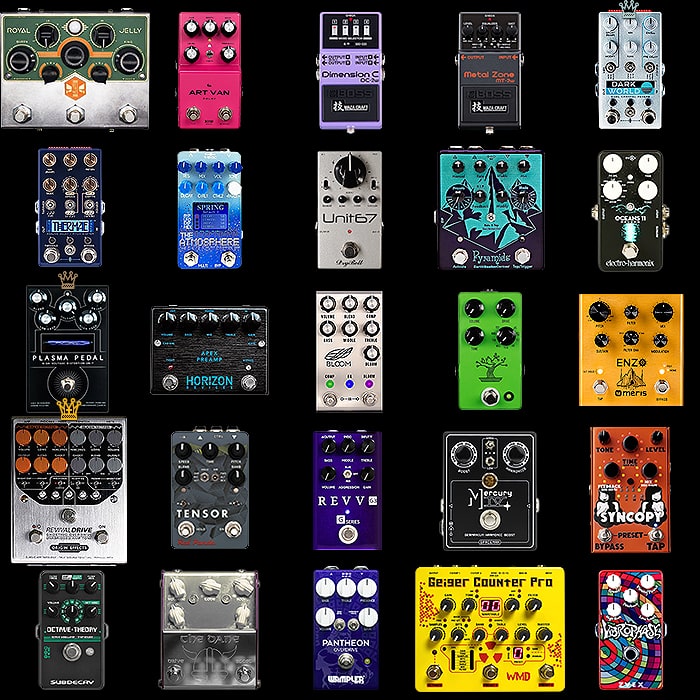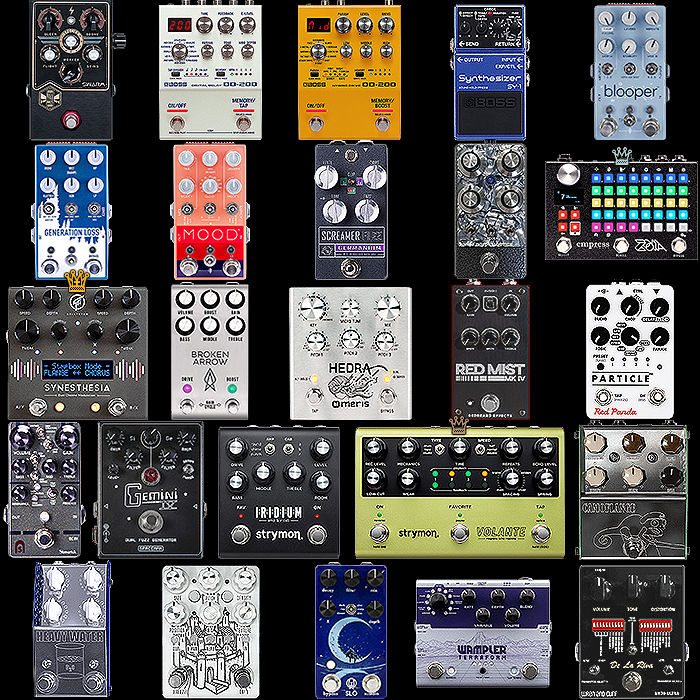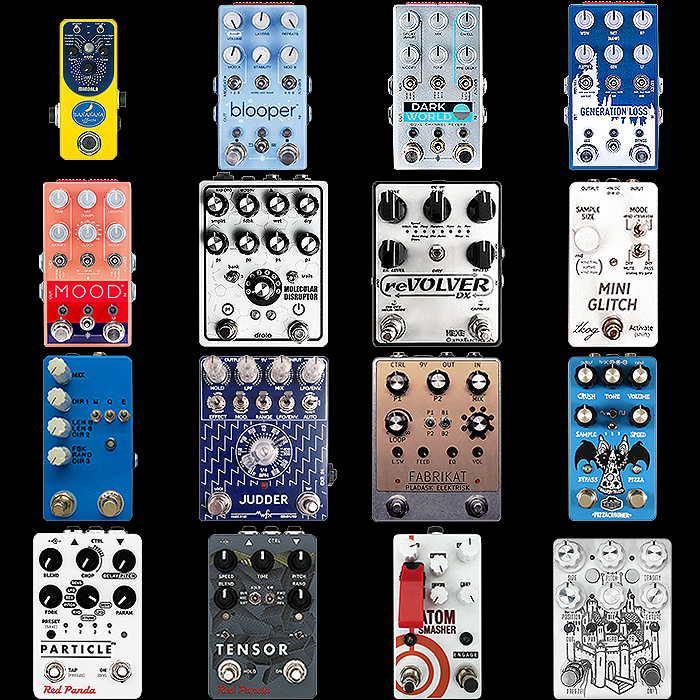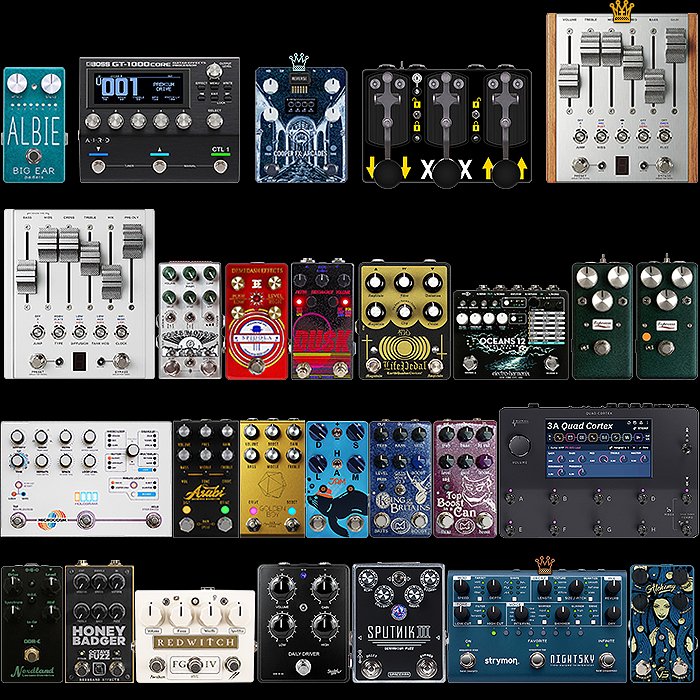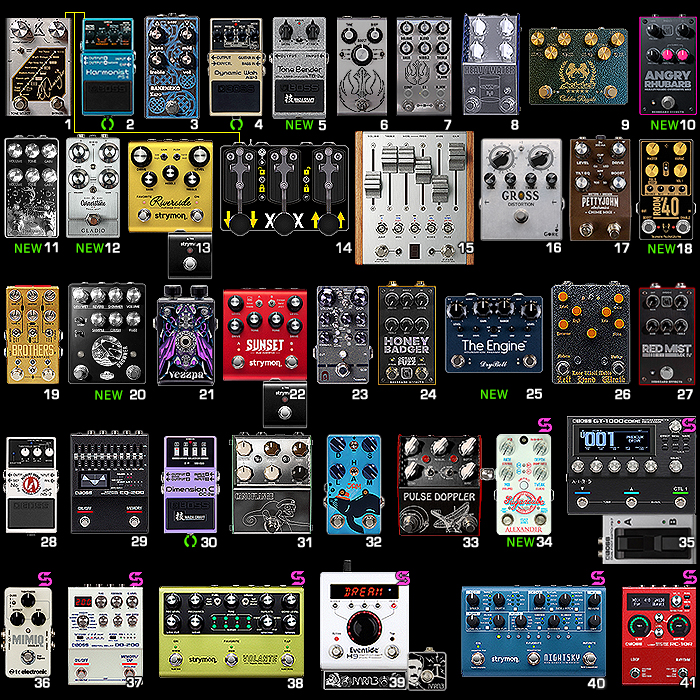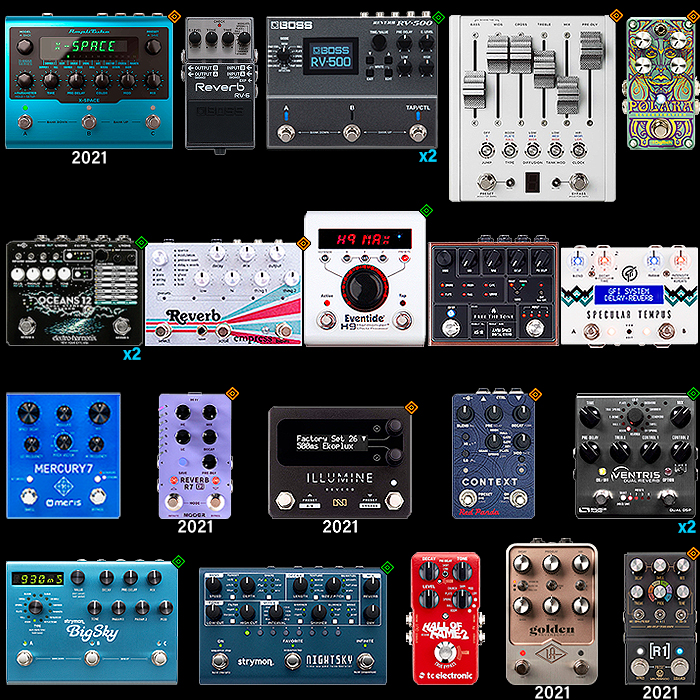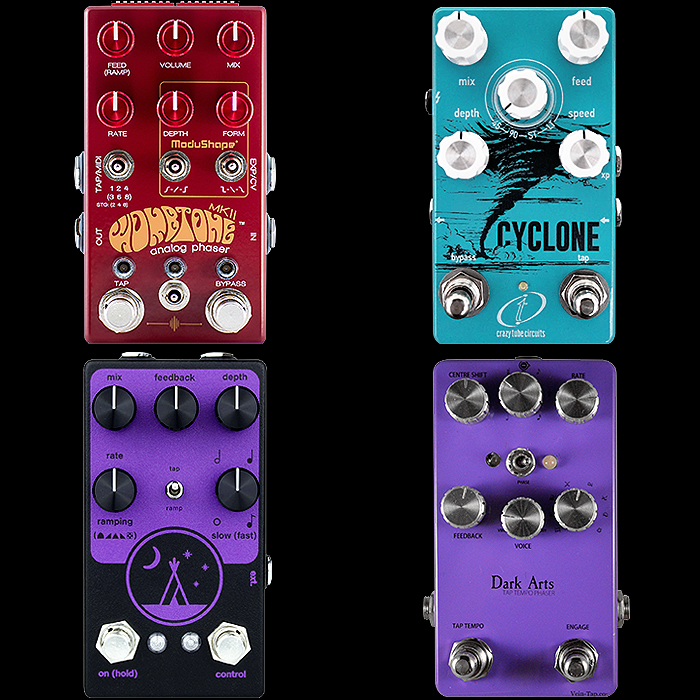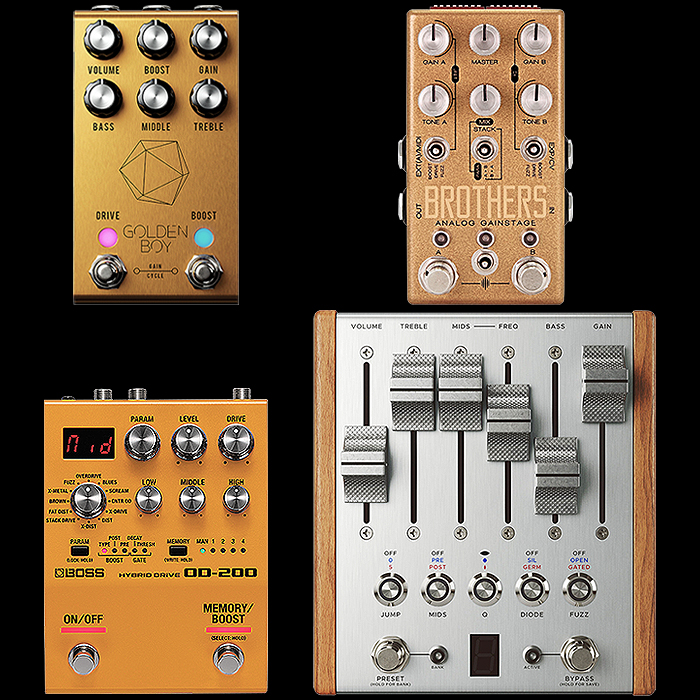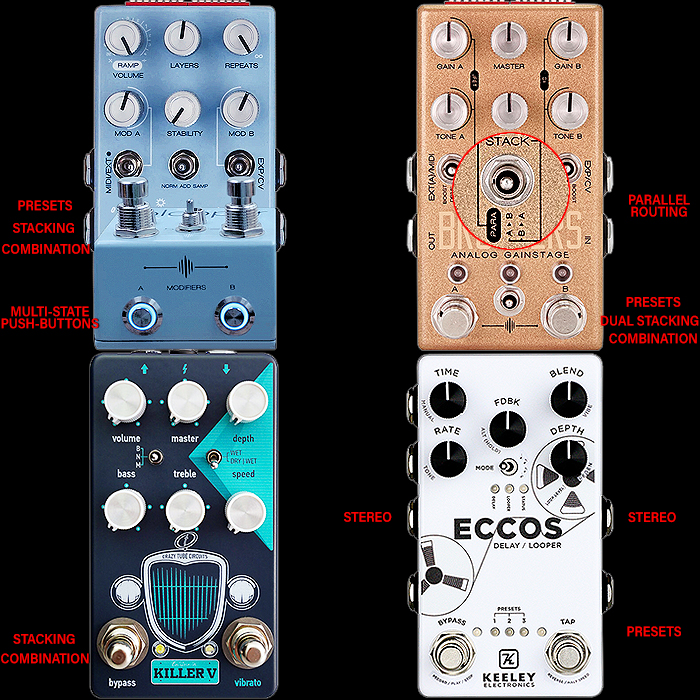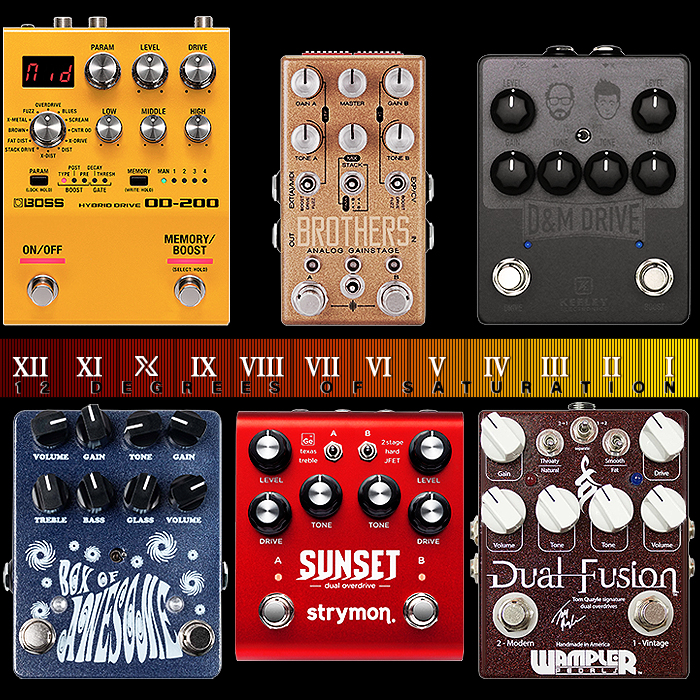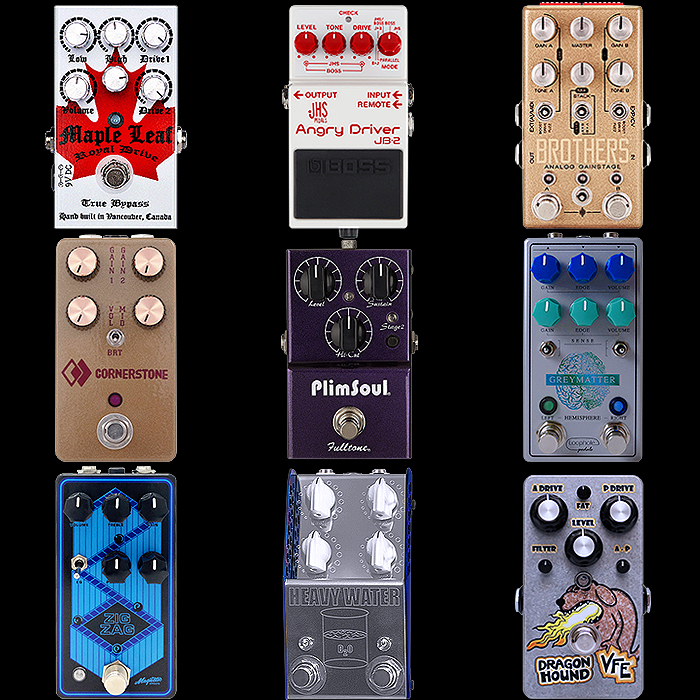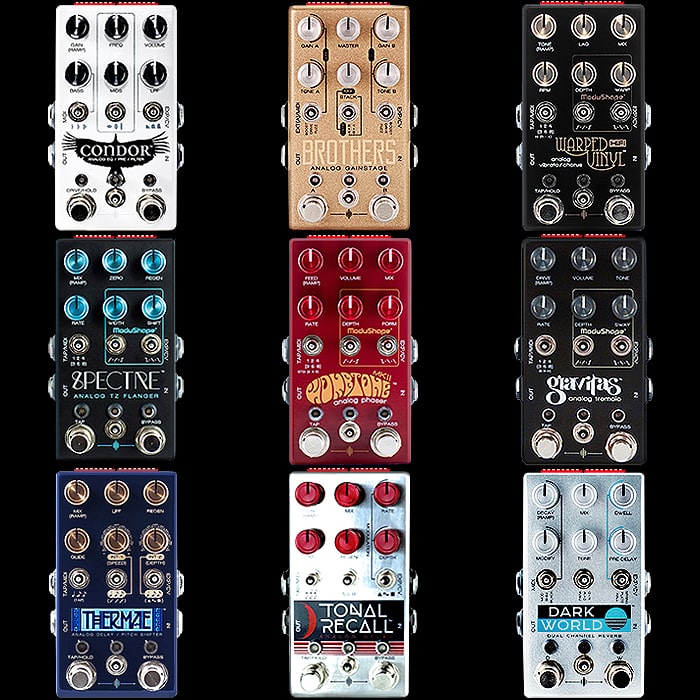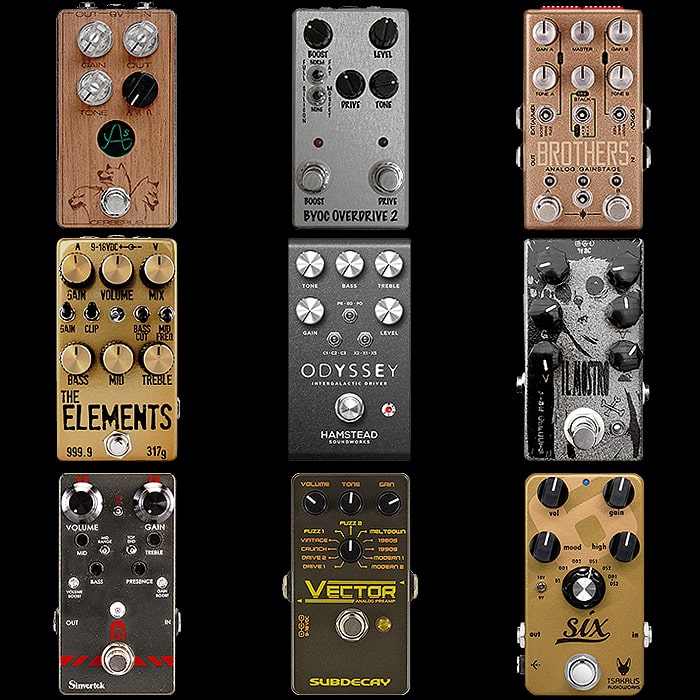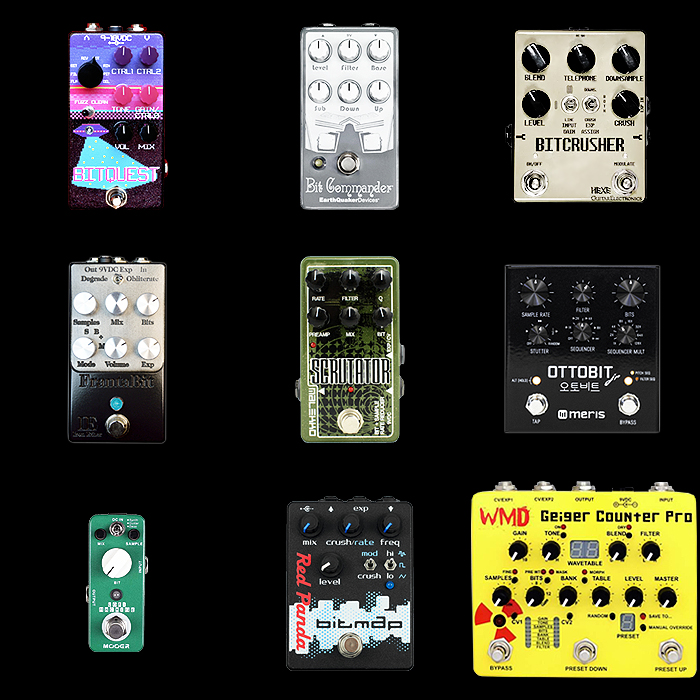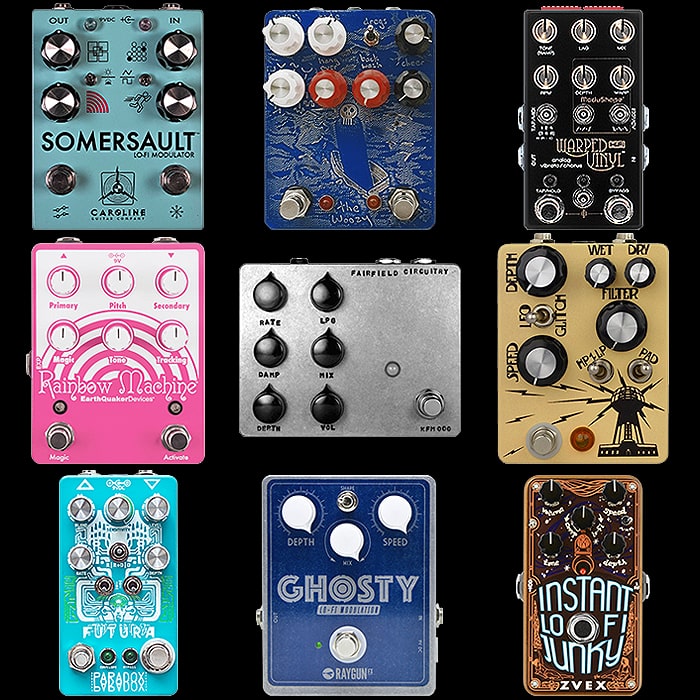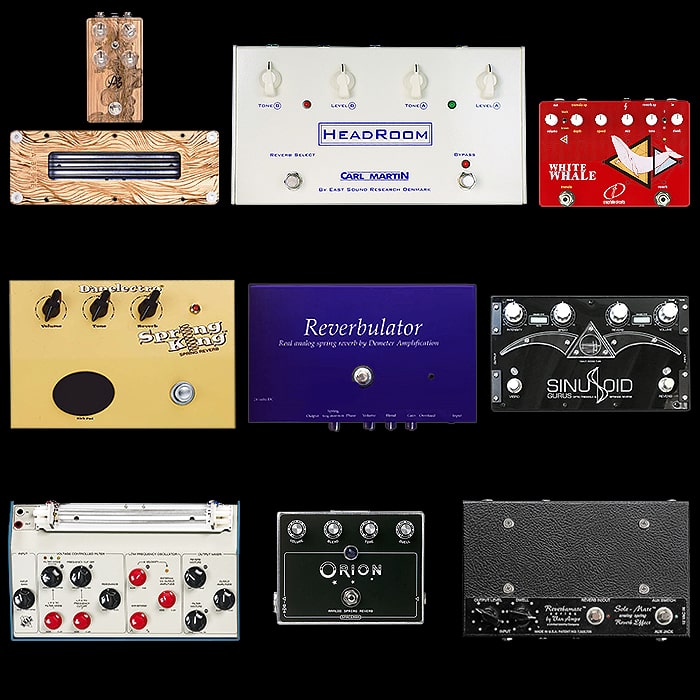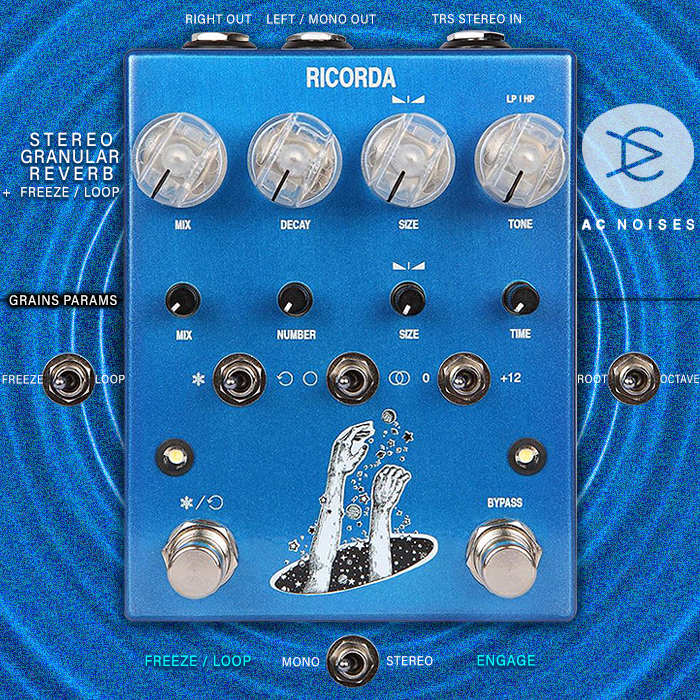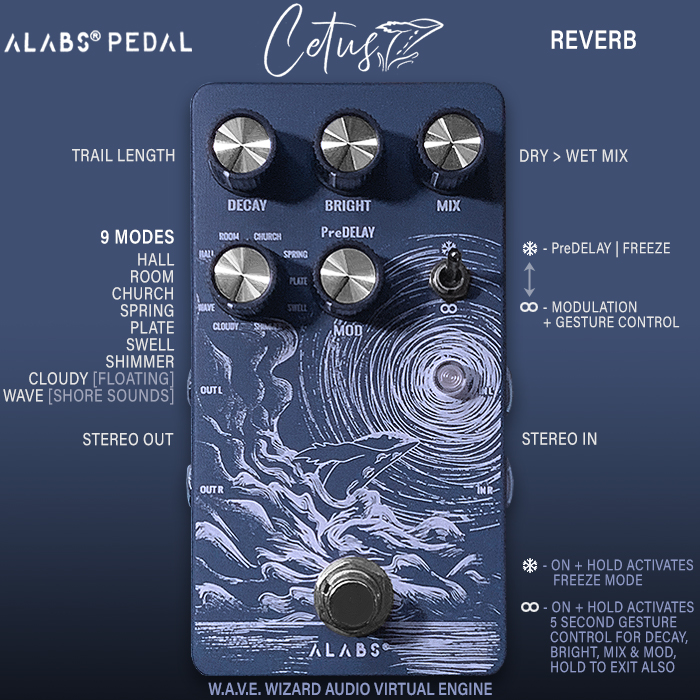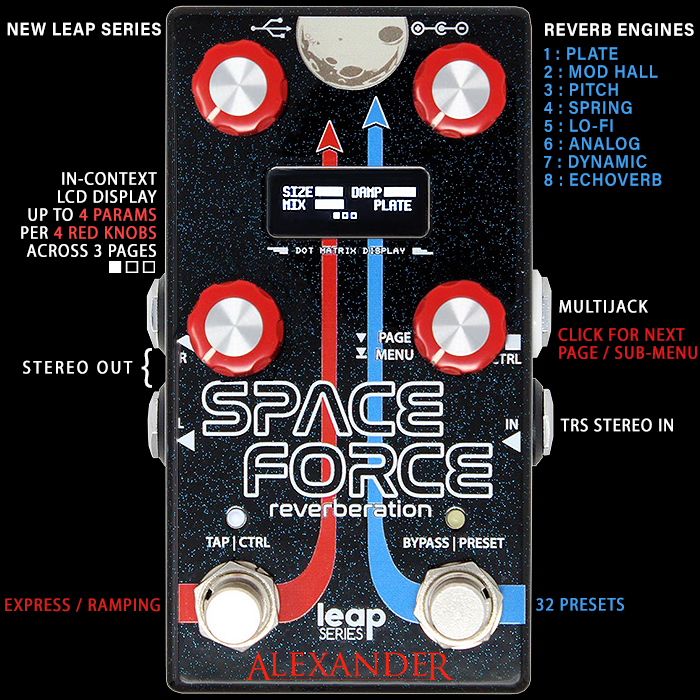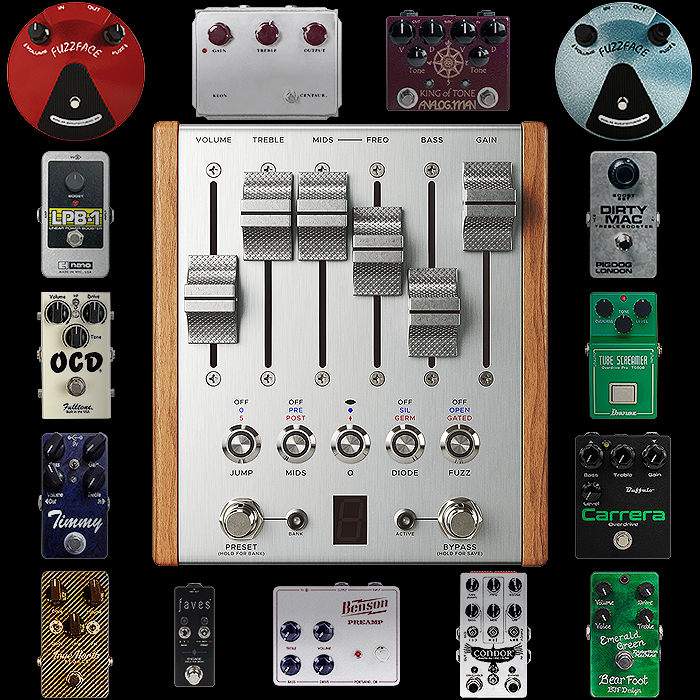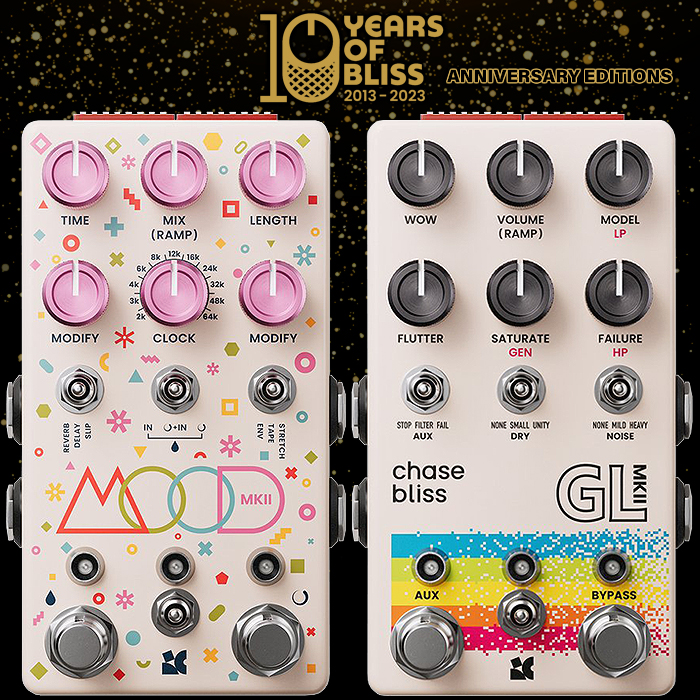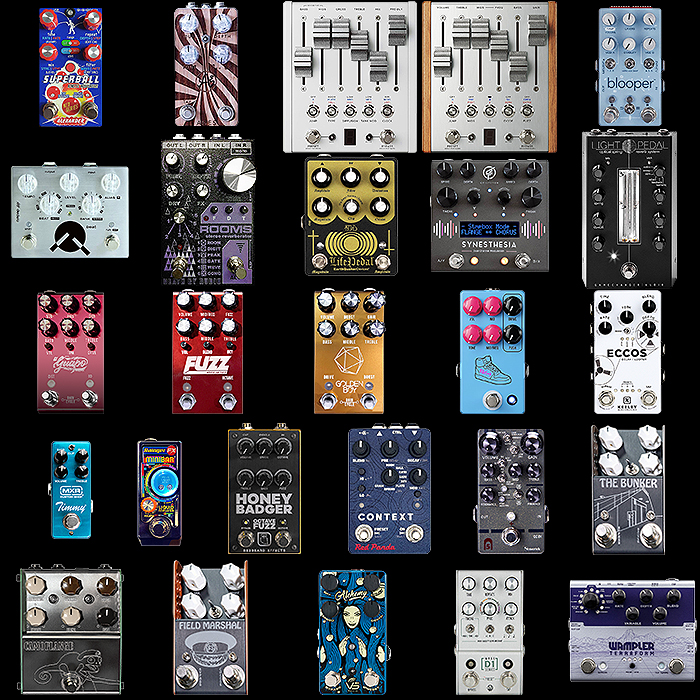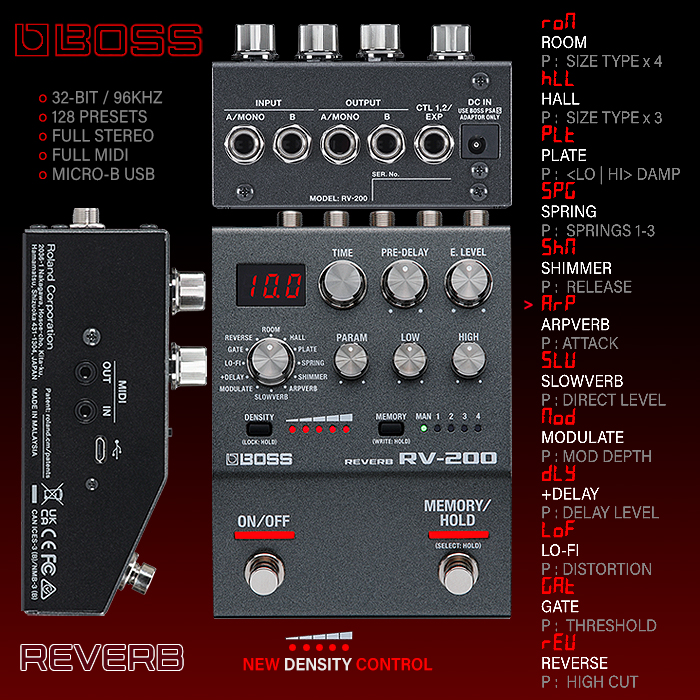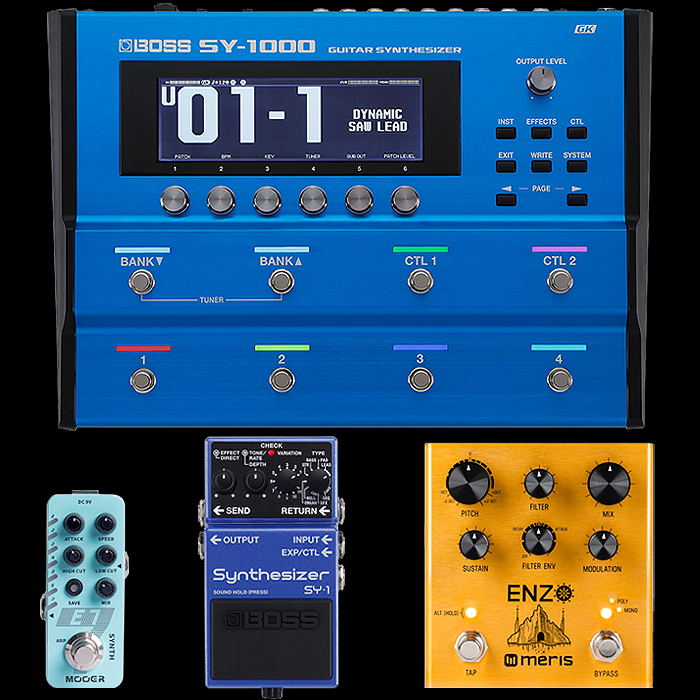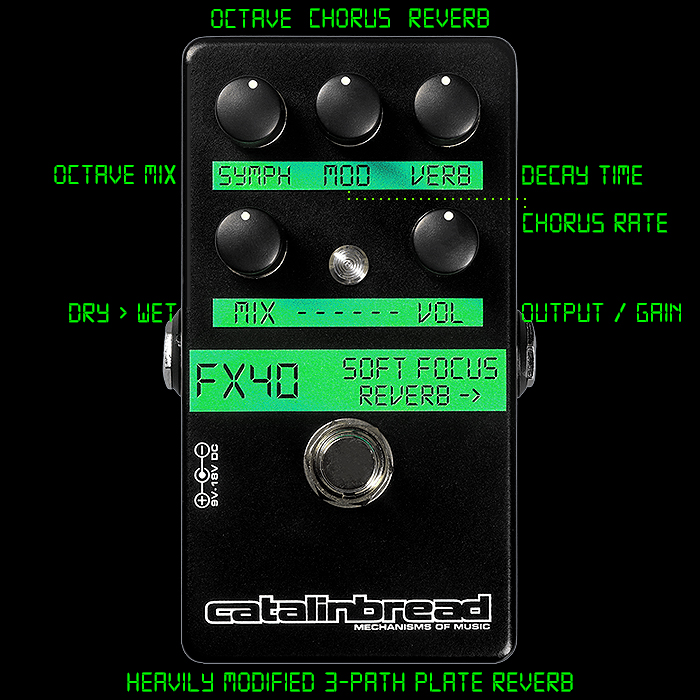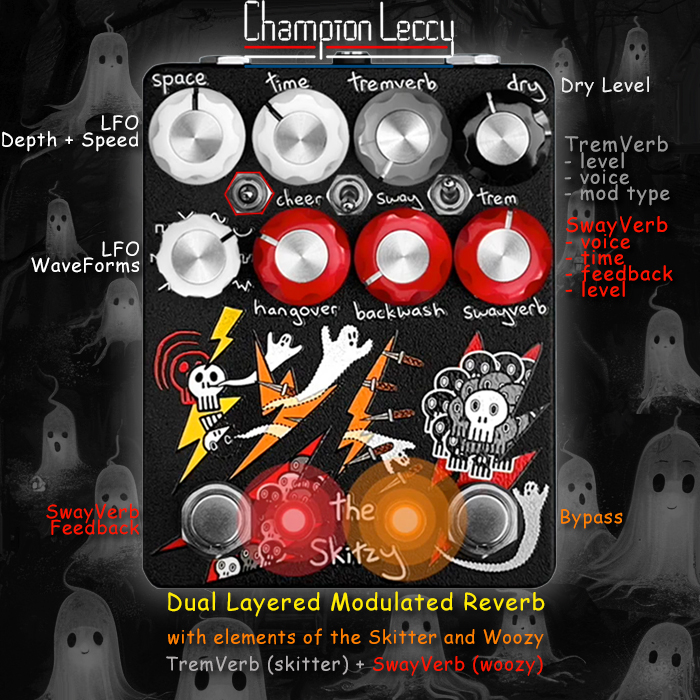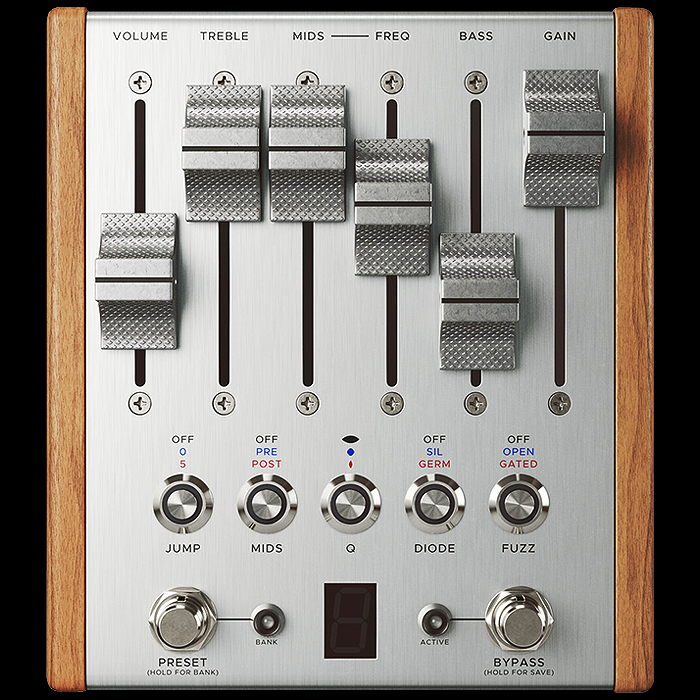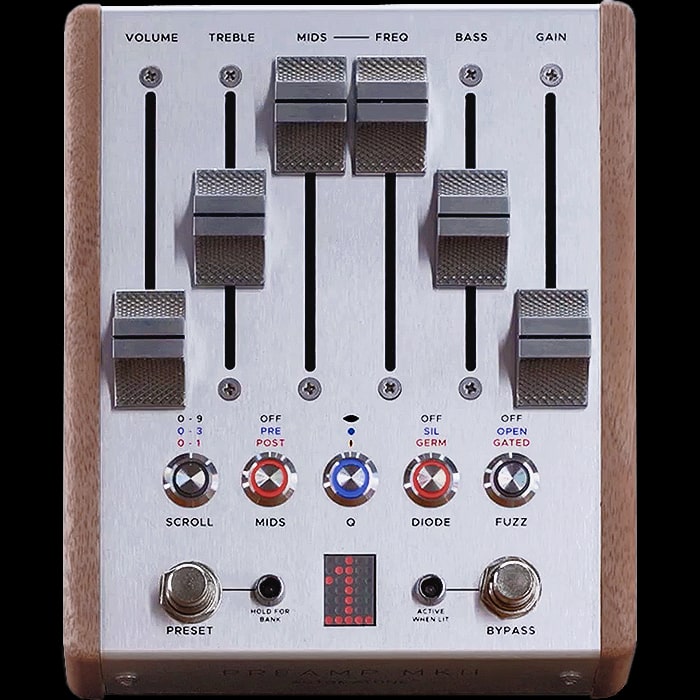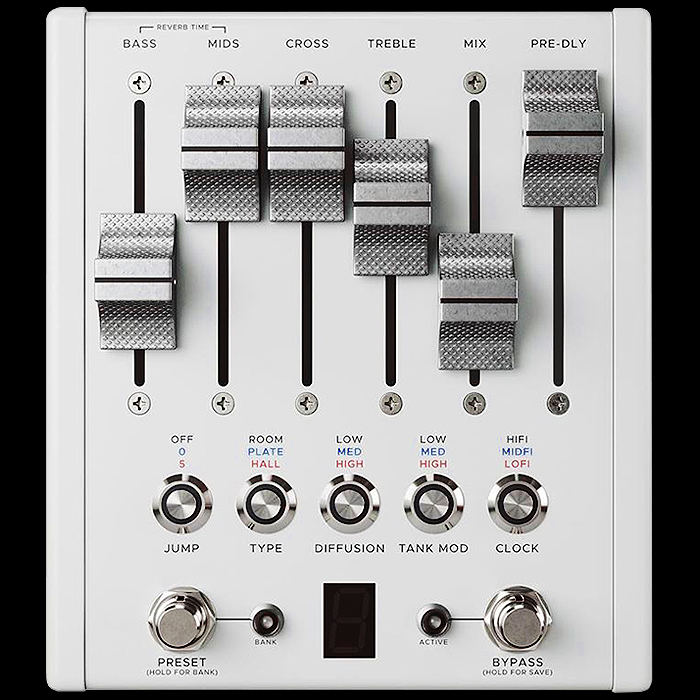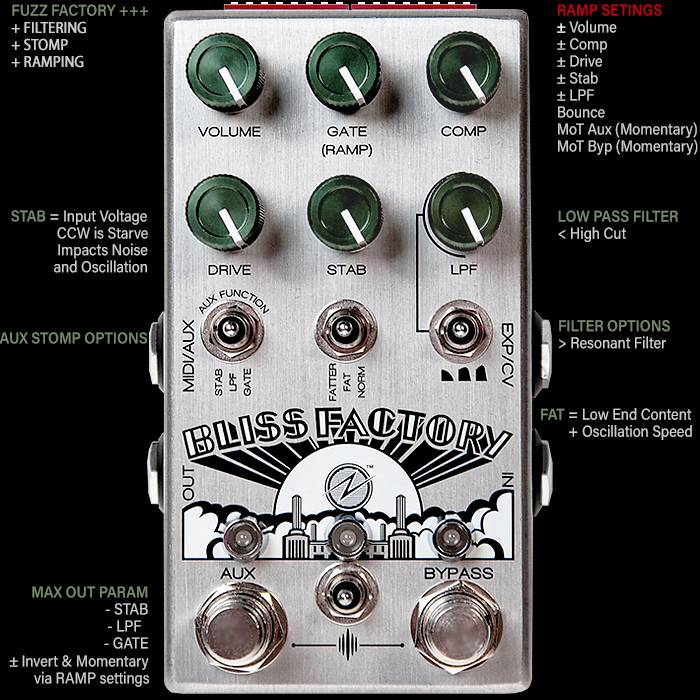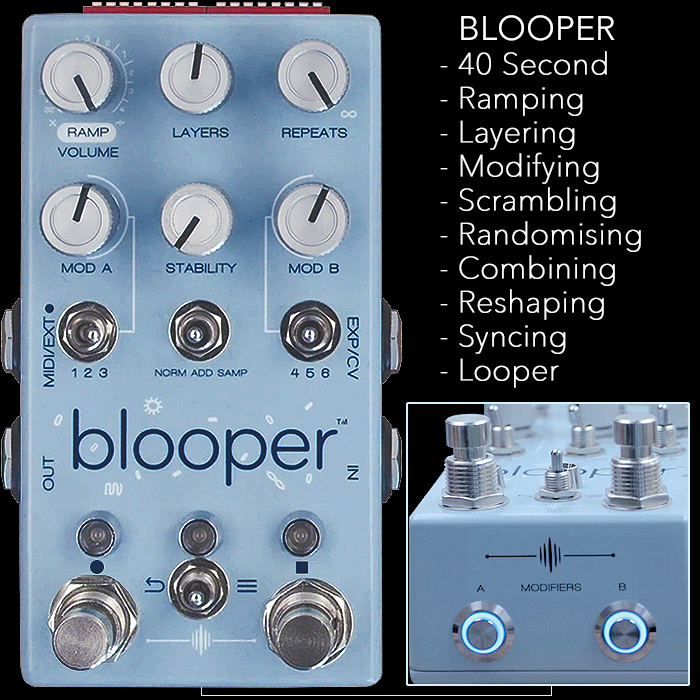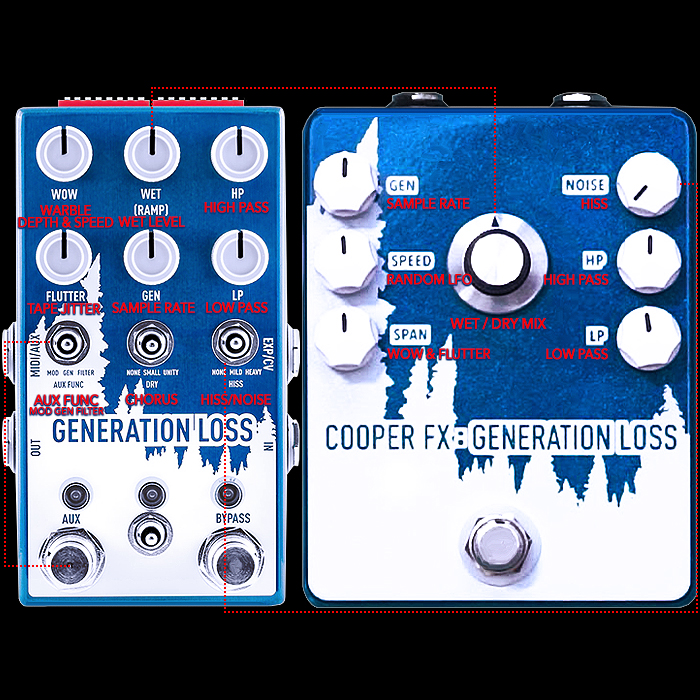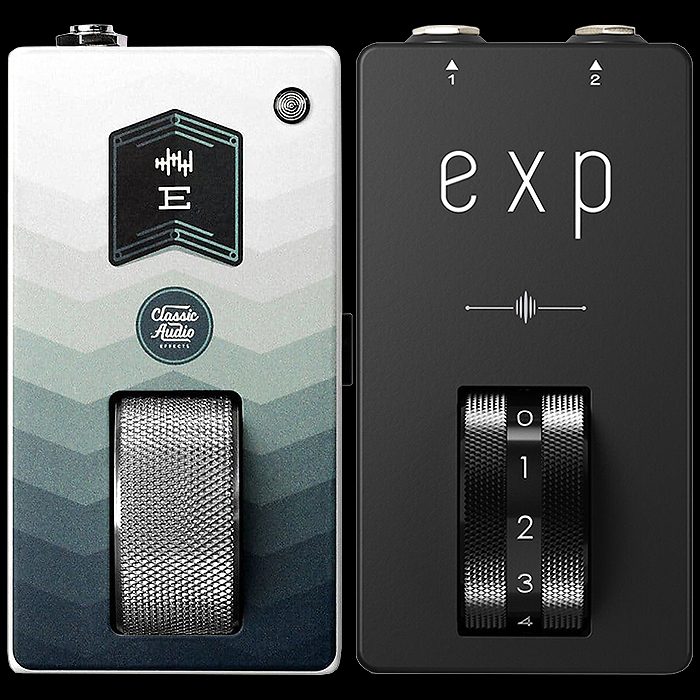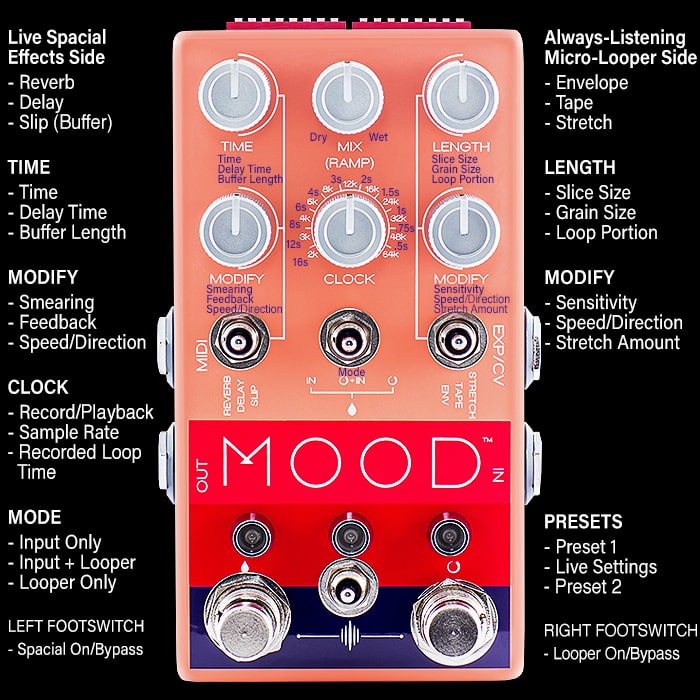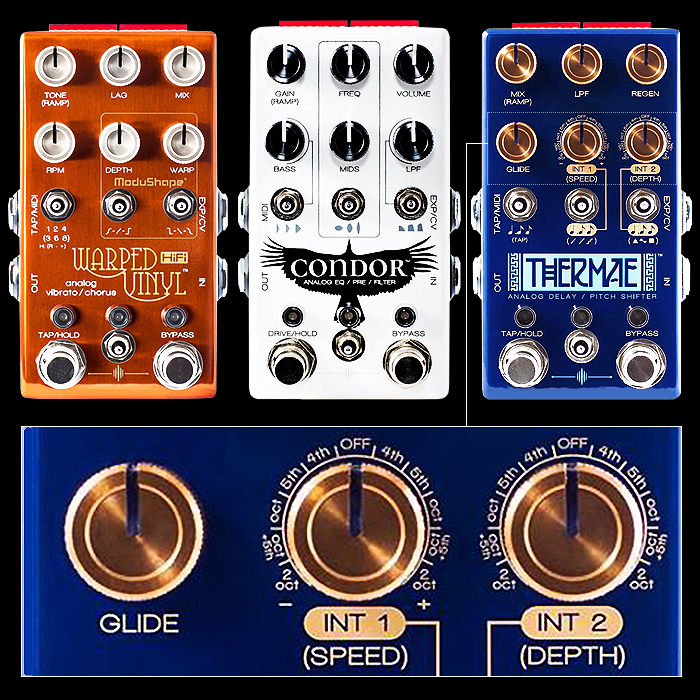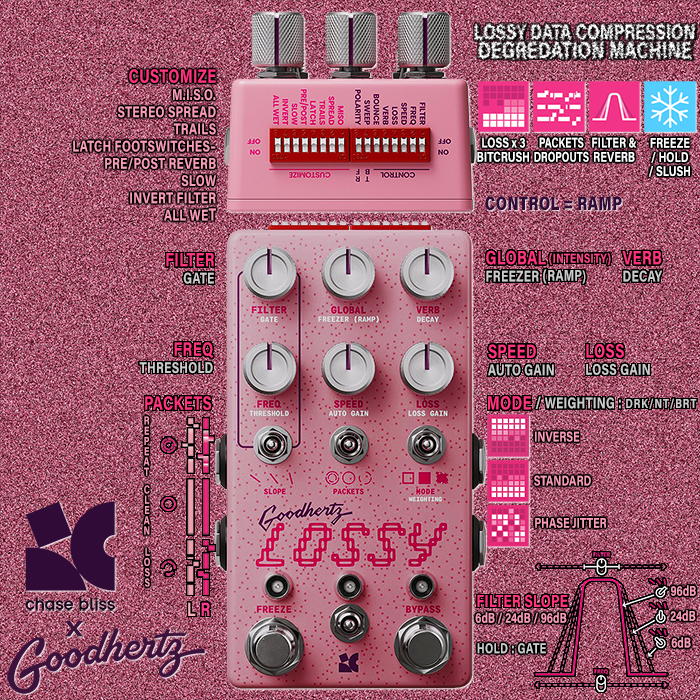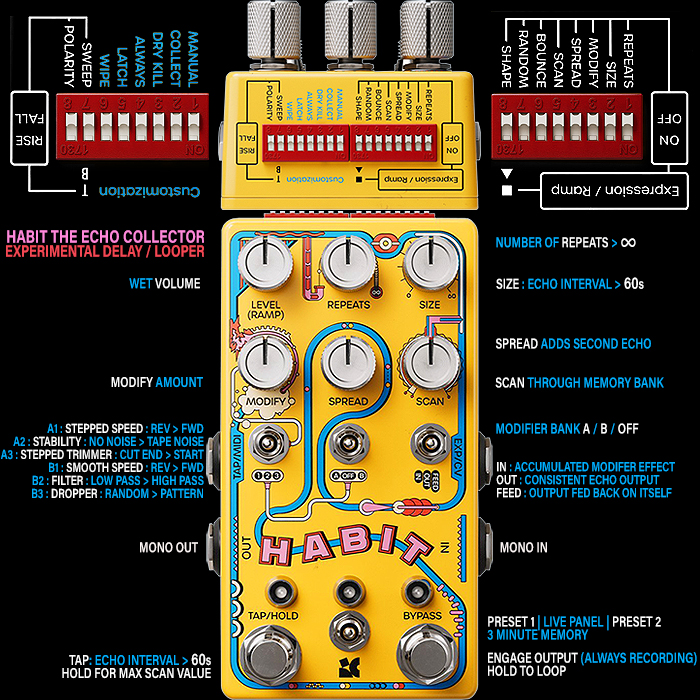The Chase Bliss Audio and Meris Automatone CXM 1978 Studio Reverb Collaboration Gets Superb New Scott Harper Demo alongside Release Date and rather hefty Price Tag!
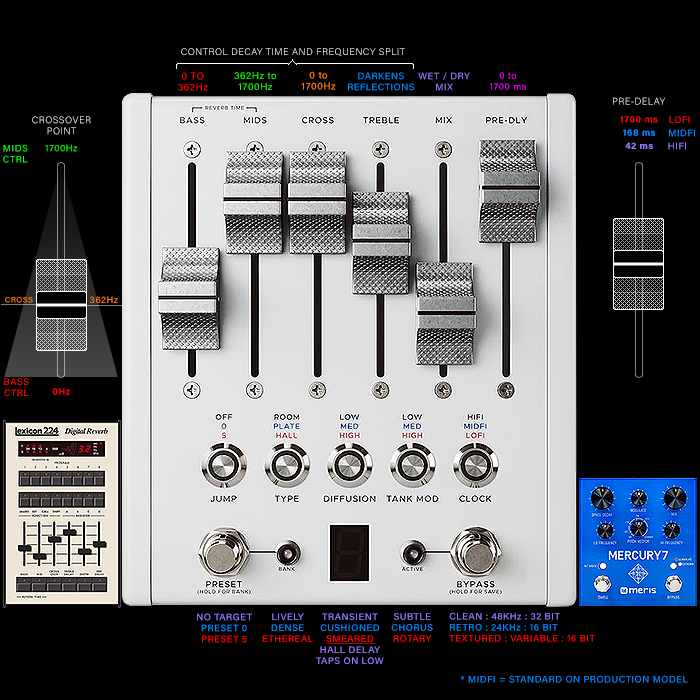
Funnily enough - just when many of us had already mentally committed to getting a Strymon NightSky - Chase Bliss Audio comes along and gazumps everyone by announcing the actual release date (30th November) and pricing ($899) for its forthcoming spacey reverb workstation - based on its hugely successful flying-faders Automatone platform (over 1,000 Preamp MKII’s sold already!).
Meris obviously take that magical Spacey Mercury 7 formula and combines it with the Lexicon 224 template to create a next-level 70’s style out-of-this-world Studio Digital Reverb Workstation with hidden depths of wonder. And while it’s not quite as wide-ranging and functionally deep as the new Strymon NightSky - it still sounds pretty much equally impressive in friend of GPX - Scott ’Knobs_Demos’ Harper’s brand new Demo - as below.
In my usual manner I’ve tried to extract some of the key salient points in my above composite visual - which attempts to roundup the essence of the CXM 1978 in as elegant and visually descriptive means as possible.
Those sharp-eyed amongst you will have quickly noticed that there is no sign of that most classic of Reverb controls for ’Decay’ / ’Reverb Time’. In fact that is the central premise of this pedal that the Decay time is set by how you apply the various EQ / Frequency controls - and the Crossover Control in particular.
This core way of generating and controlling reverb was very much pioneered by Lexicon’s 1978 launched 224 Digital Studio Reverb. Which gave some additional clues with its labelling of ’Treble Decay’. In fact Bass, Mids and Treble all conjointly impact the degree of Reverb Tail Sustain and Decay and do so very succinctly in how the Bass and Mids are applied in particular. The ’Crossover’ dial here sets the point at which all frequencies below the set threshold are controlled by the Bass Slider, and everything above is controlled by the Mids Slider. In manipulating this cleverly you can for instance create a solid pad of Bass reverberations - which sit neatly beneath your playing. So you in effect structure tranches of reverberation which accompany your playing along different lines of frequencies. Treble further tempers the output via darkening the nature of the reflections - such that when Treble is set to a minimum the overall Decay time will be relatively short. So each of Bass, Mids, Cross and Treble controls both combine to set the frequency split and the actual Reverb Time / Tail Decay!
Mix is simply your analog Wet/Dry Signal Blend, while the Pre-Delay is heavily impacted by the Clock Rate as indicated in my visual - such that for HIFI you get a maximum of only 42ms, for Standard / Midfi it increases to 168ms, and for the LOFI setting reaches a maximum limit of 1700ms. Note that I’ve quixotically chosen to retain the ’MIDFI’ labelling from the earlier prototype model as it’s more descriptively apt for me - while the actual final production models have the legend ’Standard’ now instead!
All the Flying-Fader stuff, Presets, Midi and Expression Control are exactly the same as for the Automatone Preamp MKII which I’ve covered enough on this site for people to know what that’s all about. Let’s just quickly scan over the 4 key Arcade-style buttons :
TYPE
This button control is very typical of classic reverbs with familiar varieties listed here in terms of Room, Plate and Hall. Room is described as being somewhat of a lively degree of movement and reflection; Plate is typically Fast and Dense and easy to blend in, while Hall represents those larger more cavernous spaces with complex reflections and reverberations - which can easily yield low-end rumbles and upper-mid sort of blooming halos.
DIFFUSION
This impacts on the reflective and transient quality of the reverb as to how the reverb is shaped in its onset / attack in particular. Low makes for a relatively uncoloured reverb onset where there is a secret mode here for the Hall Type which delivers sparse very slightly soft delay taps; Medium has more distinct softening or cushioning as I've called it, while High introduces pre-delay regeneration, comb-filtering, echo taps and smearing.
TANK MOD
The 'Tank' descriptor here is to do with how the Modulation behaviour has been defined within the algorithm in terms of reactions within a defined space / medium. As you ramp up through the settings here you go from very subtle nearly there movement, through Chorus-style modulation and onto more pronounced Rotary-Speaker-style modulation.
CLOCK
The final Clock / Clock Rate control is critical to the Pre-Delay time - in that the Lower the fidelity the more expansive the time component. Clock also very much defines the texture of the reverb going from clean and pristine through to subtly textured and onto more signal degradation styles - touching to a degree on bitcrushing signal disruption.
Final Thoughts and Take-Aways
As Scott's above demo shows, this sounds every bit as good as the Strymon NightSky, while not quite delivering the same degree of overall functional depth and versatility. Make no mistake though that this is one of the truly great Studio Reverb Workstation Units and will easily and consistently generate killer reverb sounds.
In fact once you get your head around the Crossover Frequency Splitting and how the Decay is impacted by the various EQ controls - then I feel this will be somewhat easier overall to dial in than the NightSky. It for sure has an infinitely superior format/mechanic of presets-setting and recall.
Also - surface area-wise they take up a fairly similar footprint while the NightSky is wider than the taller square CXM 1978. I had hoped to be heading in the direction of smaller and more compact with my Source Audio Ventris - but I'm currently heading in the other direction again which presents certain pedalboard / pedal-chain challenges.
This pedal comes in a little too late and a little too hot on the pricing side to be a serious consideration for me for this year although it did throw up a couple of quandaries versus my relative stance on the NightSky. I am though fully determined to go for the NightSky in any case - and will sort of defer the decision to the new year as to whether the CXM 1978 is worth saving up for.
I was weirdly expecting the CXM 1978 to come in at the same level or less than the Preamp MKII - I had not really entertained the possibility that it would be circa $150 / £150 dearer. My first Chase Bliss Audio was the Gravitas at £300 which was already on the dearer side of things. I then bought a slew of CBA's at £350, and the Ayahuasca at circa £400. I skipped the RKM Tonal Recall and Thermae at the £500 mark - before getting the Blooper at that same level. And I was kind of expecting the Preamp MKII to come in at nearer $1000 - so I was actually weirdly a little relieved that it came in at £750. I'm not yet sure how exactly I feel about the $900 / £900 price tag of the CXM 1978. Like I said I kind of expected it to be the same or less. It is however Chase Bliss Audio's first full Stereo In/Out pedal, and I know there has been a lot of R&D involvement on the programming side. I wonder if Meris are wanting a bigger slice of the action than Chris Benson took for his involvement in the Preamp MKII - or if that is a fair price for going stereo or for this unit in particular.
I find the CXM 1978 incredibly appealing, but the value-ranger Scandinavian in me is questioning whether this is a fair ticket price or some sort of departure into Apple-style profiteering. I know that the Preamp MKII has been wildly successful, but I don't know anything about the manufacturing costs and challenges associated with that - and to what degree is has been truly profitable. There are lots of examples of runaway big-sellers actually costing businesses because of their inherent degree of manufacturing complexity.
So right now I know I want one. I'm largely committed between now and Christmas though, and December is when my pedal acquisitions take a backseat to the run-up for those particular festivities - and yes I have a lot of nephews and nieces that I need to take care of! So I will spend Christmas and New Year pondering how much I like my then hopefully long-since arrived NightSky, and whether I will finally decree that yes the CXM 1978 is fully worth a couple or so months of pedal acquisitions for just that one unit. I thought my Eventide H9 Max and Origin Effects RevivalDrive Custom were expensive at the time - and of course the Preamp MKII - and now the CXM 1978 is presenting a whole other level I need to see if I can get comfortable with. It's all getting to be a matter of 'Bentleys and Beamers' and I'm not yet fully comfortable with it or won over as to whether the high costs are wholly justified ... I still really want one though!
The Original Inspiration - Lexicon 224!







